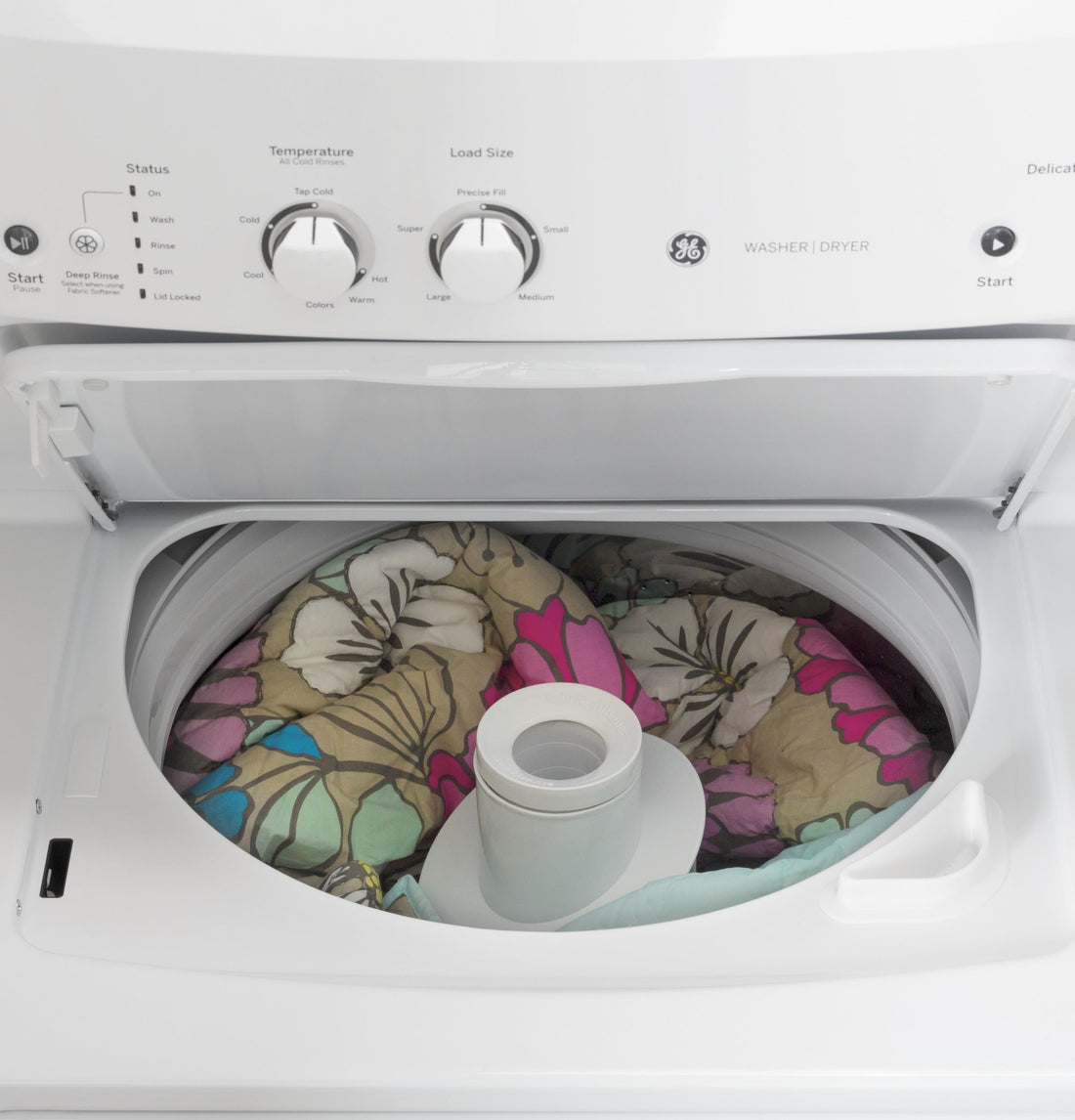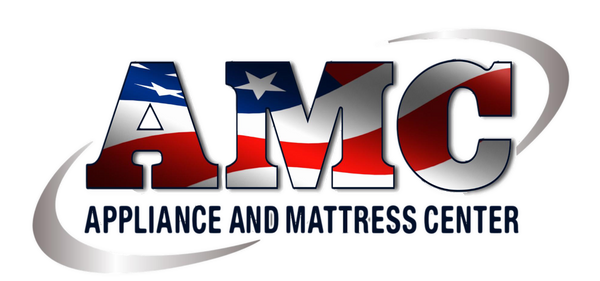
Warm Water or Cold Water? Which One Should I Use For My Laundry?
Share
When it comes to doing laundry, choosing between warm water or cold water isn’t just a matter of habit — it can affect your clothes’ longevity, cleanliness, and even your energy bill. With so many detergents and fabric types out there, it’s essential to understand when to use which temperature and how to avoid common mistakes.
Why Water Temperature Matters
Water temperature directly affects how well detergents dissolve, how stains are removed, and how fabrics hold up over time. Using the right temperature can:
- Help remove dirt and bacteria
- Preserve fabric color and integrity
- Save on energy and utility costs
According to Energy.gov, heating water for laundry accounts for about 90% of the energy it takes to operate a washing machine. That’s why more people are switching to cold water — but is it always the best choice?
When to Use Cold Water for Laundry
Cold water (60°F–80°F or 15°C–27°C) is best for:
- Brightly colored fabrics that may bleed
- Delicate items such as lace, silk, or lingerie
- Lightly soiled clothes like t-shirts, workout gear, or sleepwear
- Synthetic fabrics like polyester, spandex, or rayon
Modern laundry detergents are formulated to work efficiently in cold water. Using cold water is not only eco-friendly but also helps reduce fabric fading and shrinkage.
Benefits of Cold Water:
- Energy savings and lower utility bills
- Reduces color bleeding and fading
- Gentler on clothes and elastic fibers
Cold Water Don’ts:
- Don’t expect cold water to remove heavy or oily stains without pre-treatment.
- Don’t wash bedding or towels in cold water unless they're lightly used — it may not kill germs effectively.
When to Use Warm Water for Laundry
Warm water (90°F–110°F or 32°C–43°C) offers a balance between cold and hot. It's suitable for:
- Moderately soiled clothes
- Whites and light-colored garments
- Blends of synthetic and natural fibers
Warm water helps activate most detergents without being too harsh on your garments. It’s the go-to temperature for everyday clothing, especially when you want a good clean without risking fabric damage.
Benefits of Warm Water:
- Better at dissolving detergent and removing grime
- Effective for lightly stained clothes
- Safe for a variety of fabric types
Warm Water Don’ts:
- Don’t use on bright or dark colors prone to bleeding.
- Don’t wash delicate or shrink-prone fabrics like wool or silk.
When Hot Water Is Needed
Hot water (130°F or 54°C and above) should be reserved for specific uses like:
- Whites that need deep cleaning (e.g., socks, underwear, towels)
- Heavily soiled items like gardening clothes or cleaning rags
- Sanitizing laundry after illness or for babies’ clothes
According to the CDC, hot water can help eliminate bacteria and viruses — but you must ensure the fabric can tolerate high heat and your washer reaches that temperature consistently.
Hot Water Don’ts:
- Don’t use for wool, silk, or spandex-based garments.
- Don’t wash new clothes that haven’t been tested for colorfastness.
Dos and Don’ts of Laundry Temperature
Top Dos:
- Do read clothing care labels — they often tell you the safest temperature range.
- Do sort laundry by fabric type and color before washing.
- Do pre-treat stains with stain remover or detergent before washing, especially when using cold water.
- Do use cold water detergents for best performance when washing at low temperatures.
Top Don’ts:
- Don’t overload your washer — this prevents thorough cleaning regardless of temperature.
- Don’t use hot water for dark or vibrant colors — it causes fading.
- Don’t rely on temperature alone — proper detergent and washing cycles are just as important.
Tips to Maximize Cleanliness
- Combine cold water washes with longer cycles for deeper cleaning.
- Use enzymatic detergents that break down stains effectively at lower temps.
- Disinfect using laundry additives like vinegar or oxygen bleach if hot water isn’t suitable.
- Dry clothes under the sun occasionally — it naturally kills bacteria and deodorizes.
Environmental Impact
Washing with cold water is one of the easiest ways to reduce your home’s carbon footprint. According to the American Cleaning Institute, switching to cold water for 4 out of 5 loads can save up to 1,600 pounds of CO₂ emissions annually — that’s equivalent to planting over a dozen trees.
Common Laundry Temperature Myths
-
Myth: Cold water doesn’t clean clothes properly.
Fact: Modern detergents work very well in cold water, especially for everyday loads. -
Myth: Hot water always removes stains better.
Fact: Some stains like blood or sweat set in hot water — cold is better for these. -
Myth: Warm or hot water kills all germs.
Fact: You’d need water over 140°F, which most home machines can’t reach — use disinfectants instead.
Conclusion: What Temperature Should You Use?
There’s no one-size-fits-all answer, but here’s a quick guide:
| Temperature | Best For | Avoid For |
|---|---|---|
| Cold (60–80°F) | Delicates, brights, lightly soiled clothes | Grease, oil, sanitizing needs |
| Warm (90–110°F) | Everyday loads, mixed fabrics | Dark colors, shrink-prone items |
| Hot (130°F+) | Whites, towels, disinfecting | Delicates, darks, colored clothes |
Helpful References
- Energy.gov – Laundry Energy Savings
- CDC – Healthy Laundry Practices
- American Cleaning Institute – Laundry Tips
Final Tip: Next time you do laundry, take a second to check your fabric labels and think about your water temperature. It could save you money — and your clothes!
Looking for more laundry tips and eco-friendly home solutions? Subscribe to our newsletter or check out our full range of cleaning guides!
